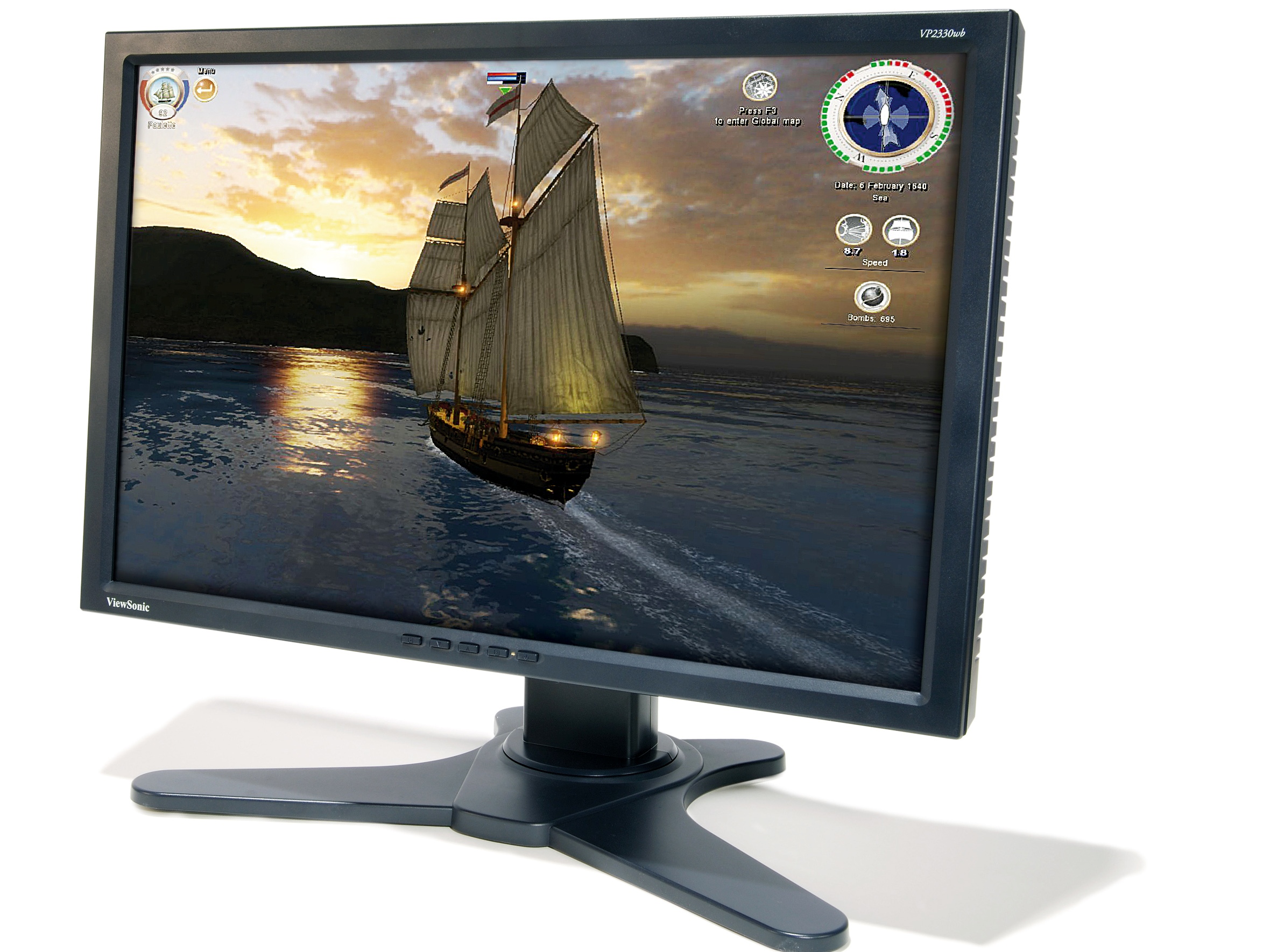DisplayPort standard to replace DVI

The Video Electronics Standards Association ( VESA ) yesterday approved DisplayPort as the new standard interface for use in TVs, projectors, monitors and PCs.
Designed to replace current standards such as LVDS, DVI and VGA, DisplayPort version 1.1 is dubbed the "next generation digital interface". It connects to both internal and external displays using a common digital interface, meaning it is able to carry image data directly from any display source to any LCD TV.
It is expected that the new improved performance will bring about higher levels of display performance, and introduce displays that are thinner and easier to use.
DisplayPort 1.1 supports HDCP (high bandwidth digital content protection) version 1.3, which enables viewing of protected content from HD DVDs and Blu-ray discs.
The new standard also uses less power and lower voltage than current standards, and increases interoperability between devices.
VESA said the main advantages of DisplayPort compared to rivals like DVI and VGA, include a small USB-sized connector with two-way display connectivity, optional audio support, higher performance at 10.8Gbit/s, and a unique micro-packet architecture that enables new display features.
"The benefits of version 1.1 are significant, and will encourage adoption of DisplayPort in new generations of computers and consumer electronics equipment," said VESA executive director Bill Lempesis. "This new version has widespread support among all the leading computer and consumer electronics suppliers."
Sign up for breaking news, reviews, opinion, top tech deals, and more.